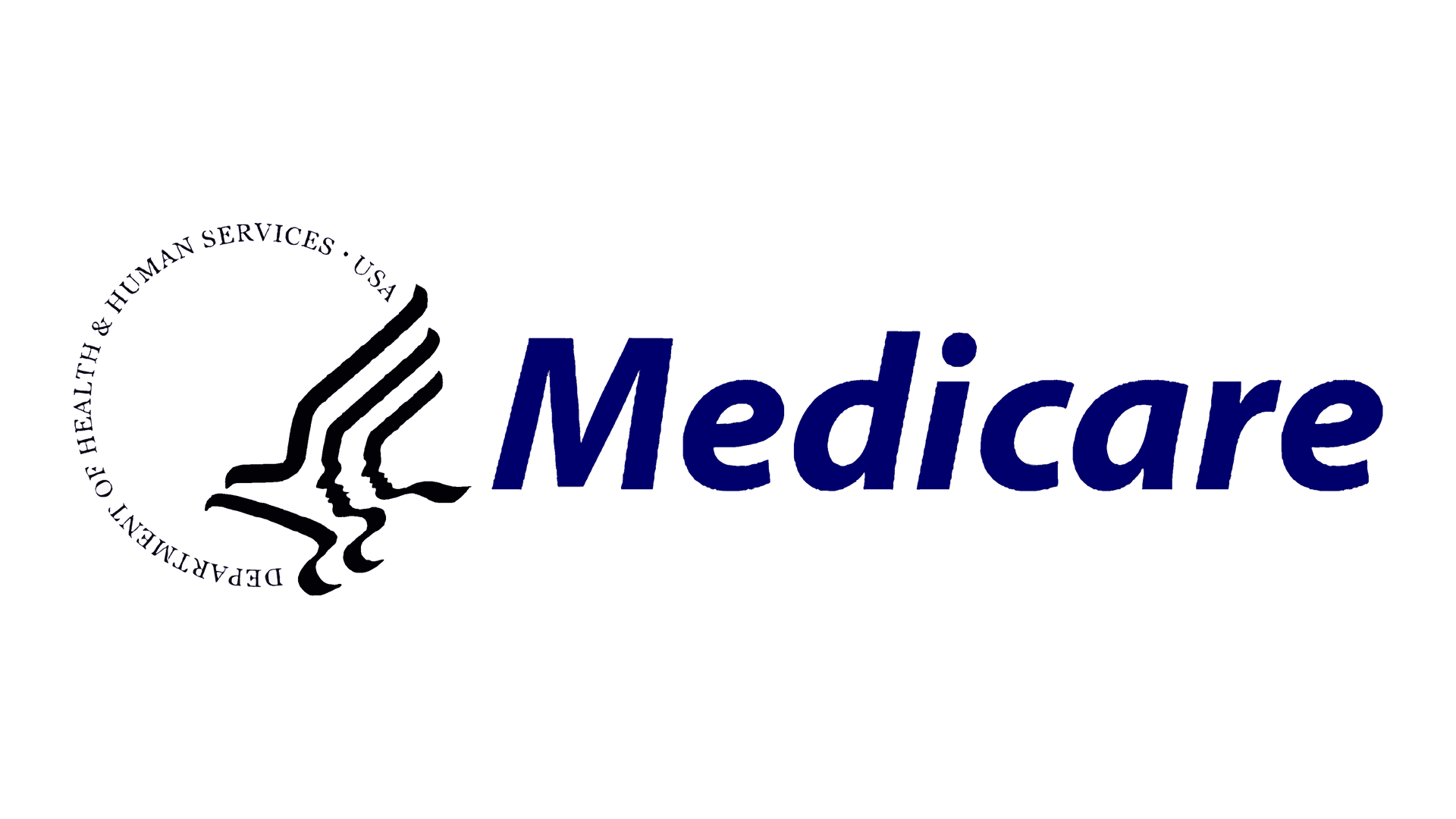FINANCIAL POLICY
- REFINE DERMATOLOGY, KNOXVILLE, TN -
The world of insurance is very complicated so we’re going to do our very best to explain how medical visits are treated and covered by insurance companies.
IN-NETWORK VS. OUT-NETWORK
If your provider has been credentialed by an insurance payer AND is approved for your specific plan type then they are considered in-network. For example, Refine Dermatology is credentialed with Blue Cross Blue Shield of TN and approved for plans ‘P’ and ‘S’ so we’re in-network for patients that have that particular insurance payer and plan. But, if a patient were to subscribe to Blue Cross Blue Shield of TN and have a ‘L’ plan than Refine Dermatology would be an out-of-network provider.
If your medical provider is out of network your insurance company may still provide benefits, but this is something to check with them about before your visit so that you’re aware of your financial obligation.
DEDUCTIBLES
If you’d like to use insurance for your visit, first verify that we’re in-network with your insurance provider by checking with them and providing them with Dr Salyards NPI (1972868438). Next, determine how much you’re going to have to pay before your insurance will pay anything towards your bill by asking what about your deductible.
The deductible on your insurance plan is how much you’ll have to pay out of pocket towards medical expenses before your insurance payer will start contributing anything towards your medical bills.
An example is a patient with a $1,000 deductible which hasn’t been met and who sees Dr. Salyards for the first time and the new patient visit is $150. The patient would need to pay the $150 for the visit and their remaining deductible would reduce to $850.
If you’d like to know your deductible before visiting your doctor call your insurance company and ask them directly. Medical practices don’t always have the most up-to-date information.
CO-PAYS
Sometimes plans have co-pays that apply to visits only or to the visit and any procedures performed. The copay limits how much the patient will have to pay, but can become confusing if the patients insurance plan has a deductible. Here’s an example of an insurance plan that has a deductible of $500 and co-pay of $50.
Patient has a full body skin exam and a biopsy performed. They would owe $50 copay for the visit and then if they’re deductible hadn’t been met, they would owe the full amount of the procedure unless it was greater than $500.
OUT OF POCKET MAX
Not all insurance plans have this feature but this removes financial responsibility from patient’s if they exceed this amount in medical bills. For example, a patient has a $50 copay, $500 deductible and $2,000 out of pocket maximum. In their calendar year they’ve met their deductible and also spent $1500 in copays (they’ve spent a total of $2,000). Any visits and procedures would be covered by whatever amount the insurance payer has agreed to cover.
AMOUNT OWED AT TIME OF VISIT
Some doctors office elect to collect co-pays at time of visit. Unfortunately, sometimes information provided by the insurance.
In the last couple of years credit card companies have been raising their processing fees, passing these costs onto businesses that accept credit cards in order to support enticing rewards programs designed to attract customers. Most businesses raise their prices to offset these increased costs, however, being that we are a medical practice we do not have control of what we are reimbursed by insurance companies. We cannot change our pricing for patients using insurance to offset these expenses. For this reason, all patients that use insurance and would like to pay with a credit card will have a 4% surcharge added to their invoice.
Also due to the fluctuating uncertain nature of insurance company reimbursement policies, we do not know what each patient will owe after their visit. For this reason, we do not collect payment at time of visit. As a courtesy, we take it upon ourselves to send a claim to the patient’s insurance company after the office visit. Please note that practices do not get reimbursed for filing and processing claims for patients. We simply do this as a courtesy and convenience to our patients. When the insurance company responds with a processed claim, we charge our patients the amount due. If the insurance company fails to respond within 60 days of receiving the claim, the claim will be converted into a patient invoice.
Since we do not collect payment at the time of visit, and we have already administered care when the claim is processed, we require a debit, credit or HSA card to be kept on file. When the claim is processed and returned to our practice, the card on file will be charged the patient’s owed amount and a receipt will be sent electronically. Since funds in HSA accounts can fluctuate, a debit or credit card is required to be held as back-up in addition to the HSA.
If the amount owed is above $150, a courtesy call will be made to the patient before anything is charged. It is not the practice’s obligation to speak to the patient before charging their card since the services have already been rendered and the claim has been processed.
Patients also have the option to place a deposit of $150 on their account instead of storing a card. If this $150 is paid with a credit card it is subject to a 4% processing fee.
Any visit that does not involve insurance, such as self-pay or cosmetic visits, are owed at time of visit and are not subject to a 4% credit card company surcharge.
Call us:
Fax us:
865-545-0972
We proudly service Anderson County, Blount County, Cumberland County, Grainger County, Hamblen County, Jefferson County, Knox County, Loudon County, McMinn County, Meigs County, Monroe County, Morgan County, Rhea County, Roane County, Sevier County, and Union County, TN.









